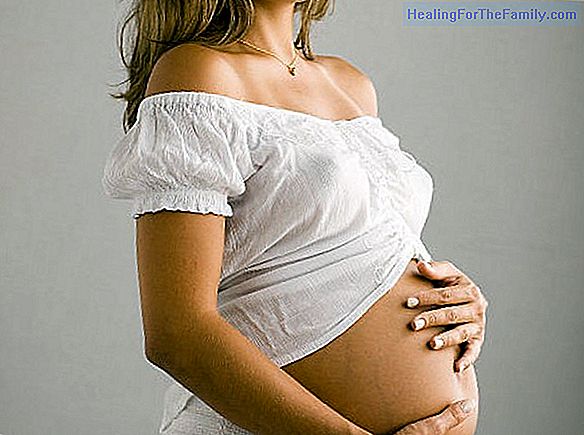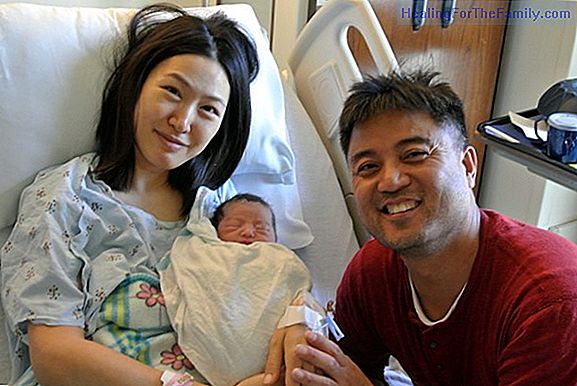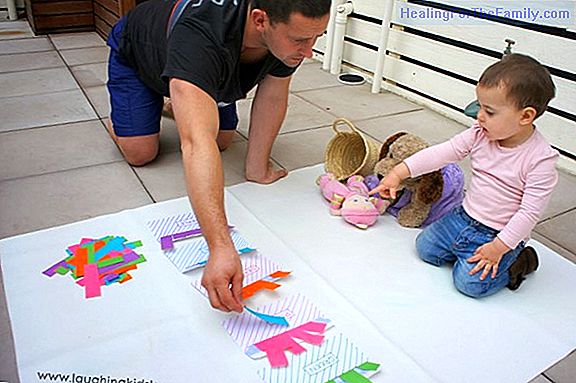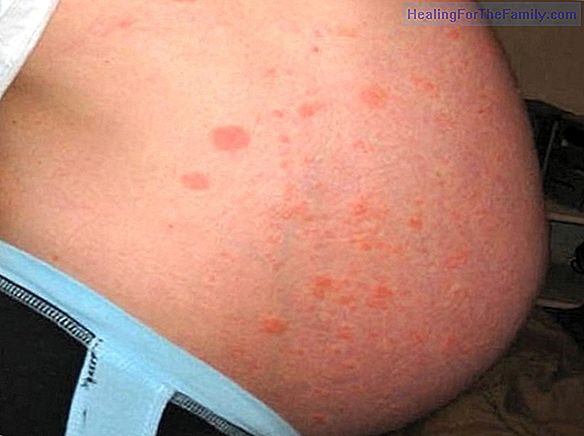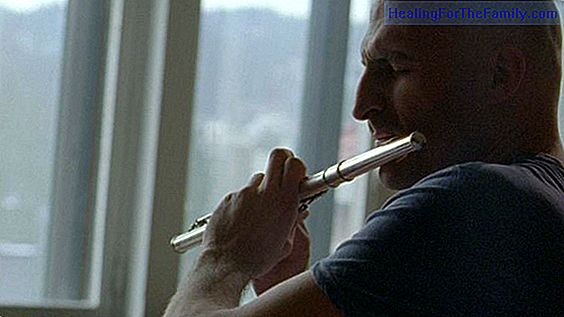Seasonal flu in babies and children
Seasonal flu is characterized by a small annual mutation of the virus Influenza . The onset of this disease can be prevented with the administration of a vaccine to patients belonging to the risk groups (children, the elderly and adults with heart disease, diabetes, weakness in their immune system .
Seasonal flu is characterized by a small annual mutation of the virus Influenza. The onset of this disease can be prevented with the administration of a vaccine to patients belonging to the risk groups (children, the elderly and adults with heart disease, diabetes, weakness in their immune system ... or who suffer from chronic diseases), since it is It is usual that there is an influenza epidemic every year.
The seasonal flu virus in children and babies

Seasonal flu is a viral infection of the upper part of the respiratory system and this virus is transmitted through the air, through coughing or sneezing of people infected, or by direct contact through rubbing the skin. For this reason, it is very important to wash your hands frequently and avoid wearing them on your face, since rubbing with the mucous membranes of the nose, eyes or mouth accelerates the transmission of one child to another or from one person to another .
Difference between flu and cold in children and babies
The symptoms of a cold are milder than flu symptoms and they appear gradually.
Symptoms of influenza- Symptoms appear one or two days after infection.
- The fever is usually high, higher than 38 ºC - The cough is dry
- The nose gets blocked and they feel difficult to breathe
- Pains appear in different parts of the body especially in the throat, in the head and muscles .
- The feeling of tiredness is common.
Cold symptoms
- Symptoms begin to be felt right after infection- Sore throat appears with tingling or itching and coughing.
- The nose is also blocked, but the secretions are abundant with dripping, sneezing and watery eyes.
- Fever sometimes appears, not always, and you can notice the body aching
Treatment for children with seasonal flu
Children who have caught a flu are worse in the first days.
Liquid paracetamol is usually the analgesic of choice to relieve sore throat, headache and lower fever . It should always be administered under medical recommendation, according to the weight and age of the child.If the flu is not complicated by another disease, it does not require the administration of other medications, as it heals over time, usually after 7 or 10 days. Antibiotics should only be used under medical prescription, as they serve to attack bacteria and are ineffective against viruses such as influenza.
In the flu, it is important not to administer acetylsalicylic acid because it can cause in children a serious illness known as Reye's Syndrome.
To help restore the child's health it is important to keep bed rest, at least, during the first 48 hours, and keep your room well ventilated and warm enough and humidified to facilitate your breathing.
It is recommended that you drink plenty of fluids to relieve sore throat and fluidize nasal secretions, as well as eat soft foods.
When to take the child to the pediatrician for seasonal flu?
- If you keep a strong cough for more than 5 days or any of the other symptoms lasts more than 10 days.
- If you are a baby younger than 2 months and have flu symptoms
- If the child is less than 2 years old and does not eat or has a high fever
- If the child has rapid breathing, has a fever of over 39 ºC, drowsy or fallen and has no appetite.
Marisol Nuevo.

